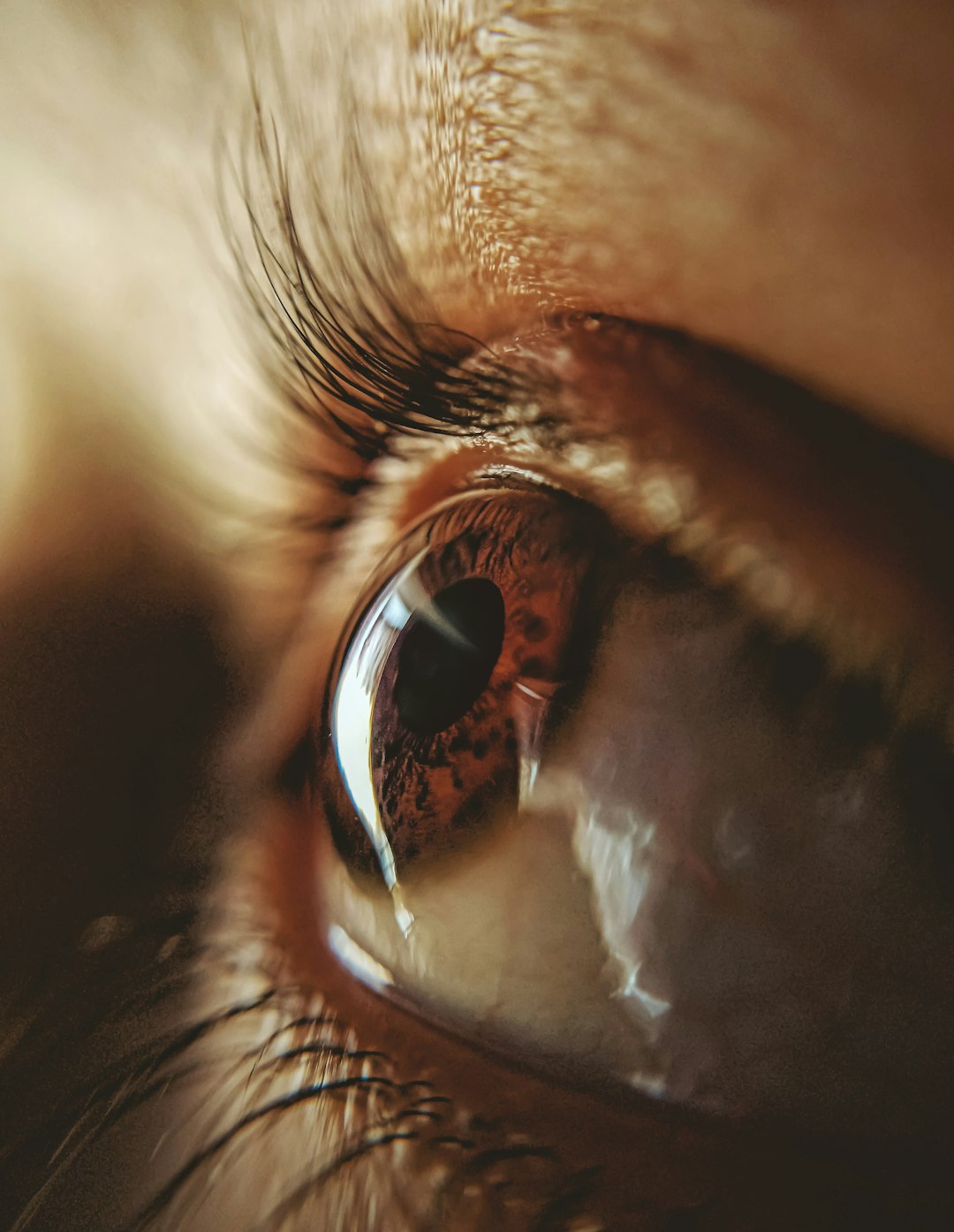
Dry Macular Degeneration
Dry macular deterioration, likewise known as age-related macular deterioration (AMD), is one of the most typical kind of the illness, accounting for around 90% of instances. It occurs when yellow deposits called drusen collect in the macula, a little area in the central component of the retina in charge of sharp central vision.
Over time, the accumulation of drusen can lead to thinning and drying of the macula, causing the loss of central vision. Dry macular deterioration normally proceeds slowly and may impact one or both eyes. It generally happens in older individuals, normally after the age of 50, and is much more widespread among those with a family members background of the condition.
While there is no treatment for dry macular deterioration, specific way of life changes might aid reduce its progression. These include stopping smoking, eating a healthy and balanced diet plan rich in anti-oxidants and omega-3 fats, maintaining normal exercise, and shielding the eyes from unsafe UV radiation. Furthermore, regular eye examinations are important for detecting any type of changes in vision and monitoring the condition.
Wet Macular Deterioration
Damp macular degeneration, also called neovascular AMD, is thought about the advanced and severe form of the disease. It accounts for about 10% of macular degeneration situations but is accountable for a lot of cases of serious vision loss.
Unlike dry macular degeneration, which involves the accumulation of drusen, wet macular degeneration is identified by the growth of uncommon blood vessels underneath the macula. These vessels are vulnerable and vulnerable to leaking fluids and blood, which can trigger fast damage to the macula and result in extreme vision loss.
Wet macular deterioration can progress quickly and might cause sudden and substantial adjustments in vision. It is essential to look for instant medical attention if you notice any unexpected distortion, blurriness, or dark places in your central vision.
Treatment options for damp macular deterioration have dramatically boosted recently. Anti-vascular endothelial growth aspect (anti-VEGF) drugs are generally utilized to prevent the growth of irregular blood vessels and reduce the leakage. Sometimes, laser therapy or photodynamic therapy might additionally be recommended to decrease the progression of the condition.
Final thought
Recognizing the difference between dry and damp macular degeneration is critical for people in jeopardy and those already diagnosed with the problem. While completely dry macular degeneration proceeds slowly and has no treatment, managing risk variables and normal eye examinations play an essential role in preserving vision. On the various other hand, wet macular deterioration is much more serious and can lead to fast vision loss. Nonetheless, with early discovery and breakthroughs in therapy, the progression of the condition can be handled, allowing individuals to keep their lifestyle for longer durations.
Interesting Research on – Things You Probably Never Knew
Finding Ways To Keep Up With